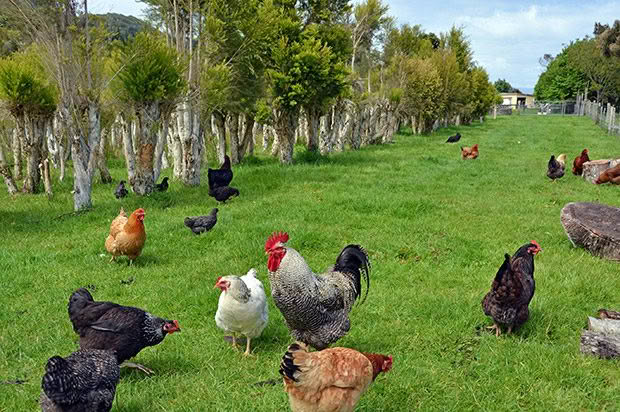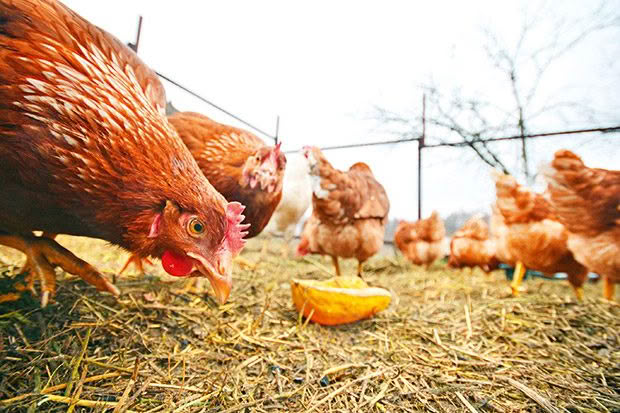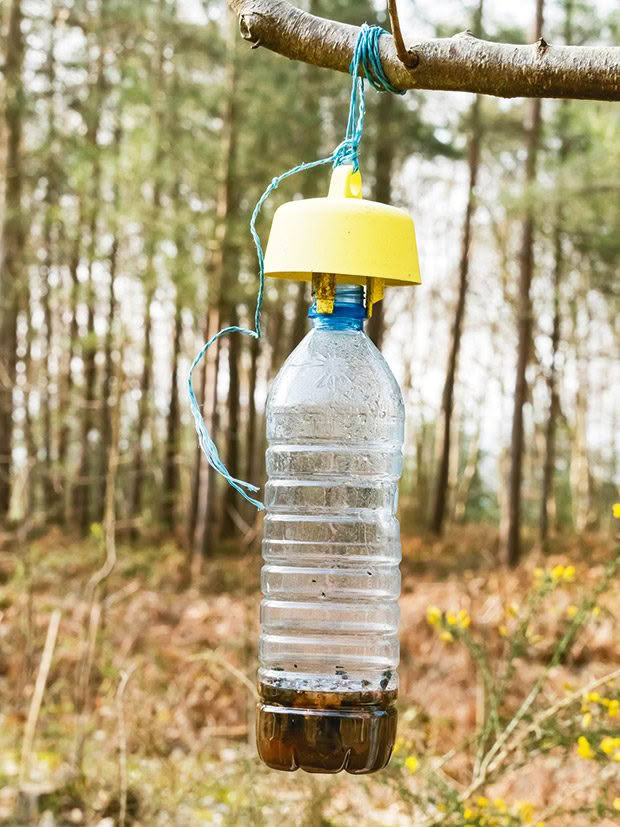5 ways to reduce flies around your chicken coop

Words: Nadene Hall
If you have chickens, you have flies. Here are five good options to quiet their buzz.
The key to keeping a fly population low is good coop management, traps, and/or other control methods.
1. Keep things clean and dry
Flies thrive in warm, damp areas, so manure and wet bedding are a smorgasbord for them. Research on commercial poultry farms has found the dryer and cleaner a poultry house is, the lower the fly population.
Keep litter dry. Regularly remove wet litter and add in new woodchips – every day if possible, or as often as you can. If the number of birds you have makes that difficult, cover dirty areas with a thick layer of wood chips to help dry it out quickly. Remove any broken eggs or anything dead as soon as possible.

Clean up any food spillages as soon as possible. If you’re feeding scraps, either only feed what your birds can eat at one time, or cover it with wood chips or bark.
Dry out areas of spilled water. If spills are common, consider changing your drinkers to ones that are secured to the roof or wall. Options include: raised drinker, hanging bucket drinker, cage or wall-mounted drinker, nipple drinkers, mini cups.
Check and repair any leaks in water pipes, taps, etc. Tip: if you have summer downpours, fill in any puddles that form. Flies will lay eggs near or beside a water source.
2. Keep air flowing
Good airflow helps keep a coop’s inside temperature lower, dryer, and stops flies (and other pest insects) from hanging around. Insects such as flies and mosquitos use a lot of energy to fly, and avoid flying in moving air as it uses up more energy.
If you can, have doors, windows or vents in the coop open during the day. Place them on opposing walls, with one facing the prevailing wind and one opposite so air moves across the coop, vs swirling around inside it.
If you have a bad infestation, consider using a portable fan as a temporary measure. If you do, don’t leave it running when you’re not around, and clean it regularly as a coating of fine dust is highly flammable if it develops an electrical fault.
3. Use fly traps
There’s a wide range of reusable fly traps available. Depending on the fly situation, most will last a couple of weeks before you need to clean it out and replace the bait. Traps and baits are available from a range of online retailers and in hardware stores.

You can buy one-off traps, but it’s more economical (and less wasteful) to buy reuseable traps and replaceable lures.
The most effective ones tend to be quite offensively smelly, and are for use away from your home. Place them near areas that are attractive to flies, such as compost heaps and your coop.
Hang them on the sheltered side of the coop, where more flies are likely to congregate out of the wind.
4. Use sticky fly paper
Hanging strips of fly-covered paper look ugly, but they work well alongside other methods. Once they’re covered in flies (or dust), they should be replaced.
5. Use electric zappers
These use ultraviolet light to attract flies, then electrocute them when they get near. You can buy machines for indoor and outdoor use. Small ones cover from 50m² (about the same size as two double car garages) to 150m², slightly less than the floor area of the average NZ house.
Cheaper options look similar to an upright bar heater, but you can also get more attractive ‘lantern’ style ones.
Love this story? Subscribe now!
 This article first appeared in NZ Lifestyle Block Magazine.
This article first appeared in NZ Lifestyle Block Magazine.
